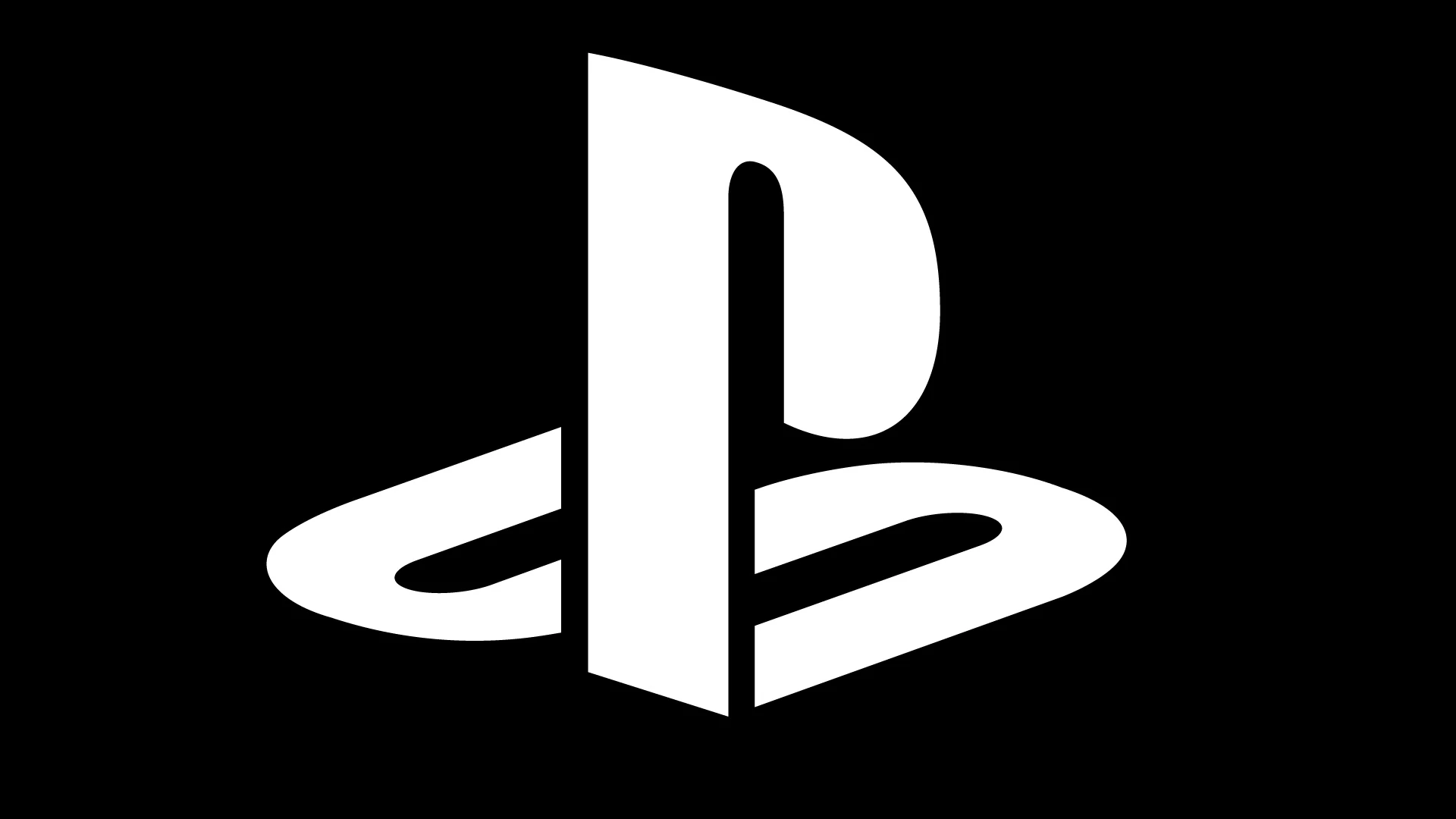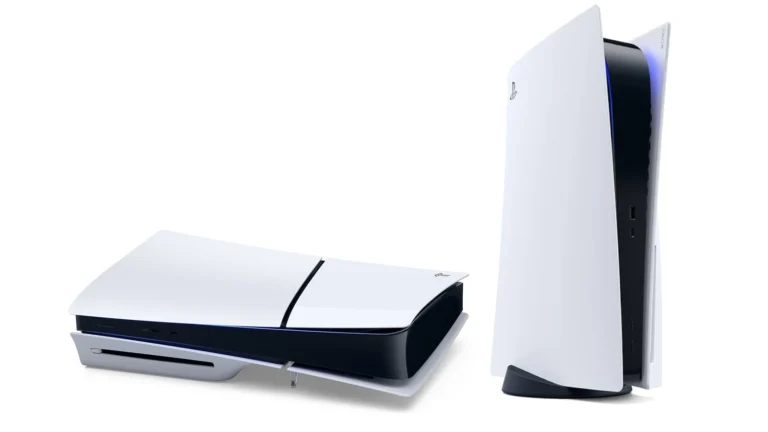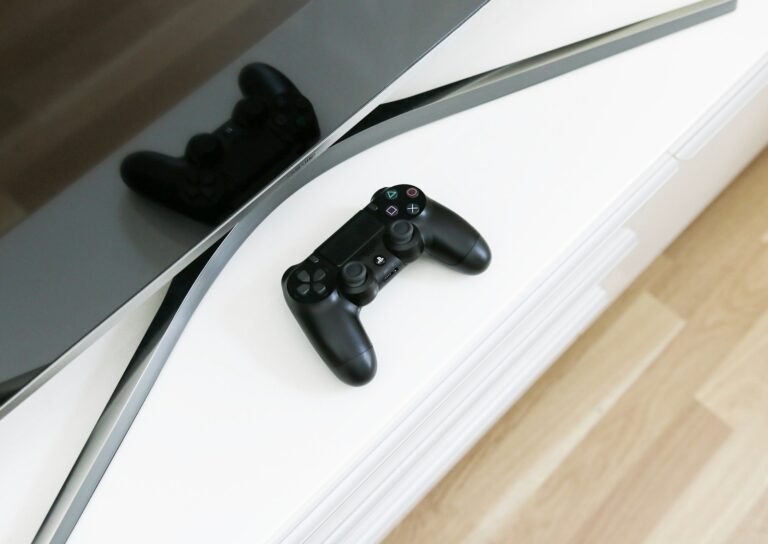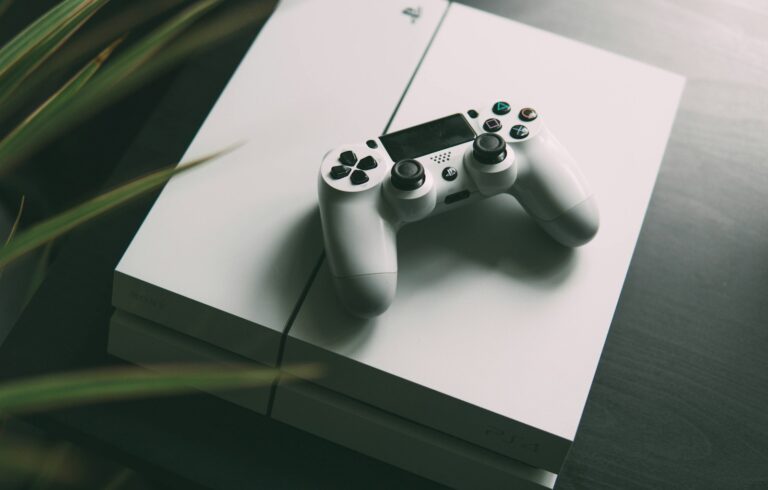
PlayStation offers various ways to improve your online gaming experience. A stable internet connection is key for smooth gameplay and access to online features. Setting up your PlayStation console with the right network settings can make a big difference in your gaming performance.
To get started, go to the network settings on your PlayStation console. You can choose between a wired or wireless connection. For the best results, use a wired connection if possible. If you prefer Wi-Fi, select your network and enter the password when prompted.
Once connected, you can fine-tune your settings for better performance. Adjusting the MTU (Maximum Transmission Unit) setting may help in some cases. You can also try using a 5GHz Wi-Fi connection if your router supports it. These simple steps can lead to faster speeds and more stable gameplay.
Troubleshooting PlayStation Network Issues
Experiencing connectivity woes with your PlayStation console? Don’t worry, Sony offers a handy online resource to help you troubleshoot and get back online. The website playstation.com/connection is a valuable tool for resolving various PlayStation Network issues.
What Can You Find on Playstation.com/connection
This website provides a wealth of information and tools to help you diagnose and fix connectivity problems. Here are some key features:
- Troubleshooting Guides: Step-by-step instructions for resolving common issues, such as internet connection problems, PSN sign-in errors, online gameplay lag, and voice chat troubles.
- Network Status Checks: Real-time information on the current status of the PlayStation Network (PSN). You can check for any ongoing maintenance or outages that might be affecting your connection.
- Connection Speed Tests: Tools to measure your internet speed and quality. This helps identify potential bottlenecks that could be impacting your online experience.
- Account Management: Links to manage your PlayStation account, update your profile, change your password, or set up two-factor authentication.
- Support Resources: Access to PlayStation’s knowledge base, FAQs, and other support resources for further assistance.
Common PlayStation Network Issues and Solutions
Here are some common problems that playstation.com/connection can help you solve:
| Issue | Possible Solutions (from playstation.com/connection) |
|---|---|
| Can’t connect to the internet. | Check your router settings, restart your modem and router, check for internet outages in your area. |
| PSN sign-in error. | Verify your login credentials, check PSN server status, reset your password if needed. |
| Lagging during online games. | Test your internet speed, improve your Wi-Fi signal, use a wired connection if possible, close unnecessary applications. |
| Voice chat not working. | Check your microphone and audio settings, ensure your NAT type is open or moderate, restart your console and router. |
Why Use Playstation.com/connection?
This website offers several benefits for PlayStation users:
- Centralized Resource: All the information and tools you need are in one convenient location.
- Easy-to-Follow Guides: The troubleshooting steps are clear and concise, making it easy to find solutions.
- Self-Service Tools: You can take proactive steps to diagnose and resolve issues without contacting customer support.
- Up-to-Date Information: The site provides real-time updates on PSN server status and network conditions.
How to Access Playstation.com/connection
Simply open a web browser on your computer, smartphone, or tablet and go to playstation.com/connection. The website is mobile-friendly and easy to navigate.
If you’re experiencing any connectivity issues with your PlayStation, don’t hesitate to visit playstation.com/connection. It’s a valuable resource that can help you get back online and enjoy your gaming experience.
Setting Up Your PlayStation for Optimal Connectivity
Proper setup of your PlayStation can greatly boost your online gaming experience. Fast and stable internet is key for smooth gameplay and quick downloads.
Determining the Best Internet Connection
A good internet connection is vital for PlayStation gaming. Aim for download speeds of at least 50 Mbps and upload speeds of 5 Mbps. Lower speeds may work but could lead to lag or disconnects.
To test your speed, use the network test feature on your PlayStation. Go to Settings > Network > Test Internet Connection. This will show your download and upload speeds.
If your speeds are low, contact your internet provider. They may offer faster plans or help fix issues. Some areas have fiber internet which can provide very fast speeds.
Wi-Fi vs. Wired Connection
Wired connections are often better for gaming. They offer more stable and faster speeds than Wi-Fi. To use a wired connection, plug an Ethernet cable from your router to your PlayStation.
Wi-Fi can work well if a wired setup isn’t possible. For the best Wi-Fi performance:
- Place your PlayStation close to your router
- Use the 5 GHz band if available
- Reduce interference from other devices
If using Wi-Fi, the PS5 supports the latest Wi-Fi 6 standard for faster speeds.
Configuring Network Settings on Your PlayStation
To set up your internet connection:
- Go to Settings > Network > Set Up Internet Connection
- Choose Wi-Fi or LAN Cable
- Select Easy for automatic setup or Custom for manual options
Custom setup lets you change:
- IP Address: Usually set to automatic
- DNS: Can use custom DNS for faster speeds
- MTU: Leave at default unless you know what you’re doing
- Proxy: Not needed for most home networks
After setup, test your connection to ensure everything works properly. If issues persist, try restarting your PlayStation and router.
Improving Online Gaming and System Performance
Optimizing your PlayStation system can greatly enhance your gaming experience. These tips focus on boosting speed, cutting lag, and keeping your console in top shape.
Enhancing Download and Upload Speed
Fast internet is key for online gaming. Test your connection speed regularly. If it’s slow, try these fixes:
- Use a wired connection instead of Wi-Fi
- Adjust your DNS settings to a faster server
- Close other apps and devices using your network
- Upgrade your internet plan if needed
For Wi-Fi users, place your router near your console. Remove objects blocking the signal. Pick a less crowded Wi-Fi channel to reduce interference.
Managing Latency and Reducing Lag
Lag can ruin online games. To cut lag:
- Connect your PS5 directly to your router with an Ethernet cable
- Choose game servers closest to your location
- Limit the number of devices on your network
- Use Quality of Service (QoS) settings on your router to prioritize gaming traffic
If your TV has a Game Mode, turn it on. This cuts input lag by reducing image processing.
System Software Updates and Maintenance
Keep your PlayStation running smoothly:
- Install system updates promptly
- Regularly restart your console to clear its memory
- Clean your console’s vents to prevent overheating
- Free up storage space by deleting unused games and apps
- Rebuild your database occasionally for better performance
Check for updates before starting a gaming session. This prevents interruptions during play. Set your console to download updates automatically while in rest mode.
Network Troubleshooting and Security Measures
Fixing connection issues and keeping your PlayStation network secure are key for smooth online gaming. These steps will help you test your internet speed set up the right network and protect your account.
Conducting an Internet Connection Test
To check your internet speed on PlayStation go to Settings > Network > View Connection Status. This shows your download and upload speeds. If they’re low try these fixes:
• Restart your router and PlayStation
• Move your console closer to the router
• Use a wired connection instead of Wi-Fi
• Call your internet provider to check for outages
If problems continue run a network test. This checks if PSN servers are up and if your connection is stable.
Understanding and Adjusting NAT Types
NAT types affect how your PlayStation talks to other players online. There are three types:
• Open NAT: Best for gaming lets you connect to anyone
• Moderate NAT: Good but may have some limits
• Strict NAT: Most limited can cause connection issues
To check your NAT type go to Settings > Network > View Connection Status. If it’s not Open try these steps:
- Enable UPnP in your router settings
- Set up port forwarding for PlayStation
- Put your PlayStation in a DMZ on your router
These changes can improve your connection for multiplayer games.
Implementing Security and Safeguards
Protect your PlayStation account with these safety steps:
• Use a strong unique password
• Turn on two-factor authentication
• Don’t share account info with others
• Be careful about phishing emails or texts
• Keep your console and games updated
For parents set up parental controls to manage what kids can access. This includes age ratings play time limits and spending controls.
Check your account regularly for strange activity. If you see anything odd change your password right away and contact PlayStation support.
Advanced Connection Features for an Enhanced Experience
PlayStation Network offers several features to improve your gaming experience. These include voice chat options and custom DNS settings for a more stable connection.
Utilizing Voice Chat and Messaging Options
Voice chat lets you talk with friends while playing games on PlayStation Network. To use it:
- Plug in a headset to your controller
- Press the PS button
- Go to “Sound/Devices”
- Select “Output to Headphones”
- Choose “All Audio”
You can also send text messages to friends. Open the PS Messages app on your console or phone to chat. Create group chats for your favorite games or friends. Use voice messages if you don’t want to type.
Custom DNS Settings for a Stable Connection
Changing your DNS settings can speed up your connection. Here’s how:
- Go to “Settings” on your PlayStation
- Select “Network”
- Choose “Set Up Internet Connection”
- Pick “Custom” setup
- Select your network
- Choose “Manual” for DNS settings
- Enter primary DNS: 8.8.8.8
- Enter secondary DNS: 8.8.4.4
These are Google’s public DNS servers. They may be faster than your default ones. You can also try other public DNS services like Cloudflare (1.1.1.1).
Test your internet speed before and after changing DNS. This will show if it helped. A fast connection reduces lag in online games.
Frequently Asked Questions
PlayStation users often encounter connectivity issues. These common problems have straightforward solutions. Troubleshooting steps can quickly improve online experiences for both PS4 and PS5 consoles.
How can I troubleshoot connection issues on my PlayStation 4?
To fix PS4 connection problems, start by restarting your console and router. Check all cable connections. If using Wi-Fi, move closer to the router. Try connecting with an Ethernet cable for a more stable connection.
What steps can I take to improve my PlayStation 5’s online connectivity?
PS5 users can boost connectivity by updating system software. Set up port forwarding on the router. Use a wired connection when possible. For Wi-Fi, choose the 5GHz band if available.
Why is my PlayStation not connecting to the internet?
A PlayStation may fail to connect due to network issues. Check if other devices can access the internet. Verify the Wi-Fi password is correct. Ensure the PlayStation Network (PSN) is not undergoing maintenance.
How do I check the PlayStation Network status for connectivity issues?
Visit the official PlayStation Network Status page. It shows real-time info on all PSN services. Look for any reported outages or maintenance notices that might affect connectivity.
What are common solutions for PlayStation Network connection problems?
Reset the router and PlayStation. Check for IP address conflicts. Adjust NAT settings to Type 2 or 1. Try using Google DNS servers (8.8.8.8 and 8.8.4.4).
How can I resolve Wi-Fi connectivity issues on my PlayStation console?
For better Wi-Fi, reduce interference from other devices. Place the console closer to the router. Use the 5GHz band if possible. Consider a Wi-Fi extender to boost signal strength in weak areas.




